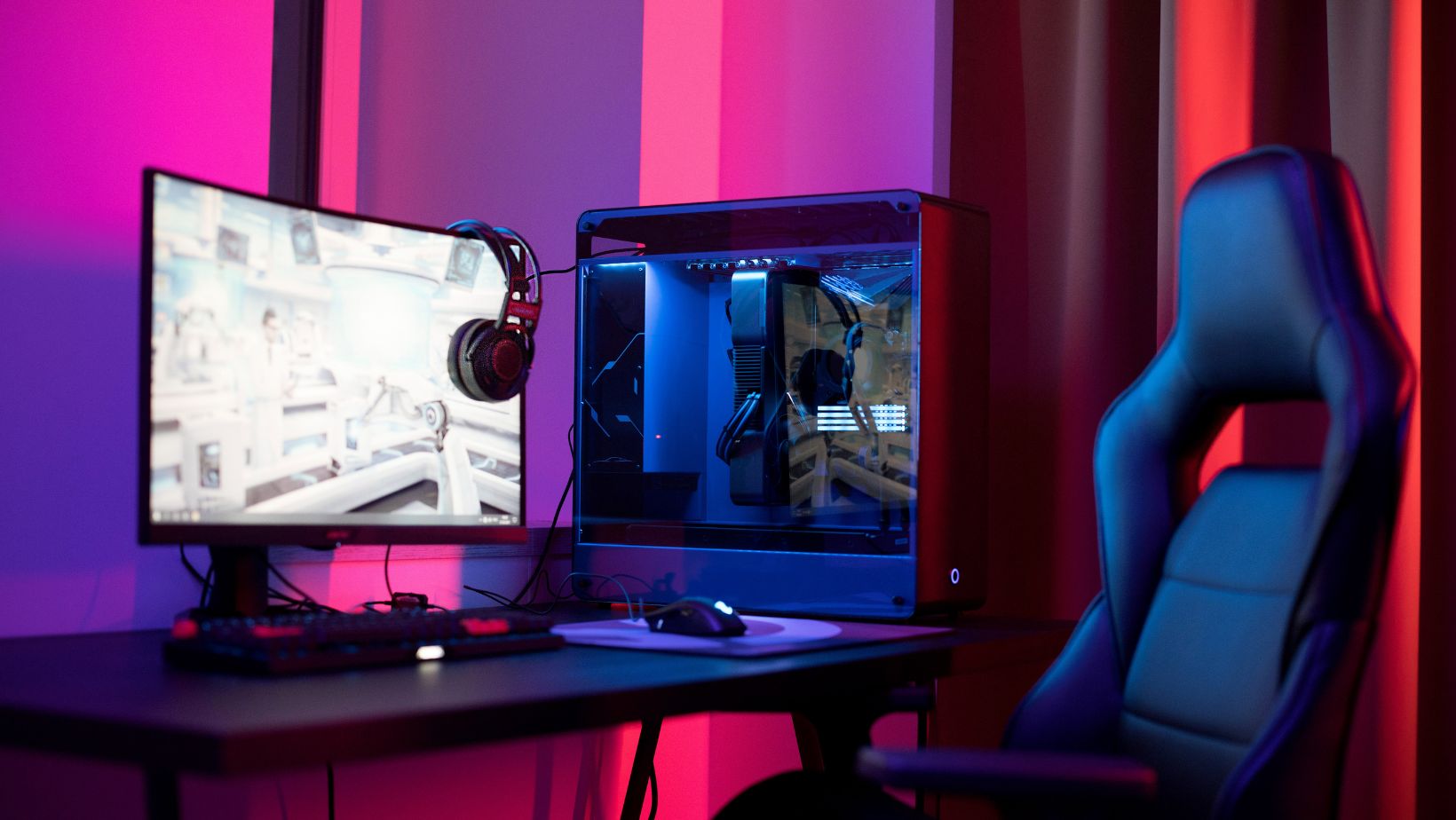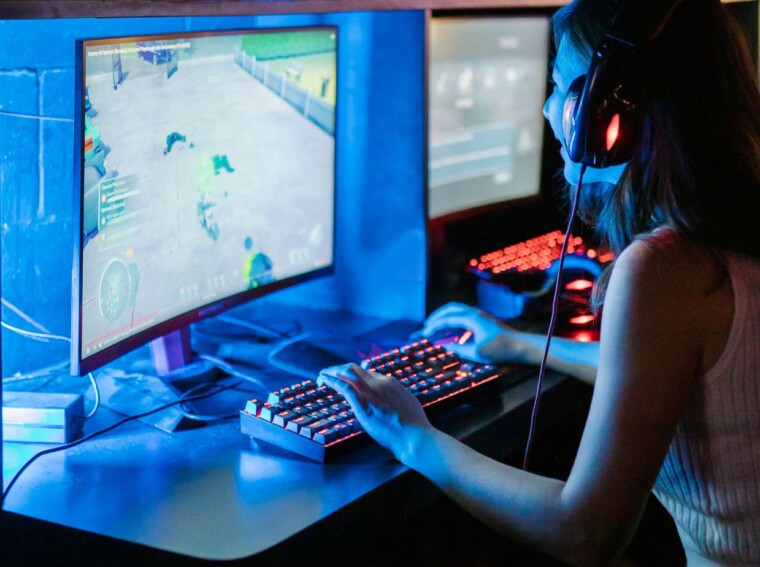As a passionate gamer, I have always been captivated by the power of visuals in gaming. The way graphics can transport us to immersive worlds and evoke emotions is truly remarkable. And as technology continues to advance at an unprecedented pace, the future of gaming visuals looks incredibly promising. In this article, I’ll delve into the exciting possibilities that lie ahead, exploring the cutting-edge innovations that will revolutionize the way we experience gaming. From ray tracing to virtual reality, we’ll embrace the future and discover the immersive wonders that await us in the world of gaming visuals.
The gaming industry has come a long way since its humble beginnings, and the evolution of visuals has been nothing short of extraordinary. From pixelated sprites to lifelike characters and breathtaking landscapes, the level of detail and realism has reached new heights. But what does the future hold for gaming visuals? Well, get ready to be blown away. With advancements in hardware and software, developers are pushing the boundaries of what’s possible, creating visuals that blur the line between reality and virtual worlds.
1080p Dota 2 Images
As a passionate gamer, I’m always excited about the advancements in gaming visuals. The future of gaming is looking incredibly promising, with technologies that not only bring stunning visuals but also create an immersive experience like never before.
One of the game-changing innovations that I’m particularly excited about is ray tracing. This technique simulates the behavior of light in real-time, allowing for incredibly realistic and dynamic lighting effects. With ray tracing, every beam of light interacts with objects and surfaces, creating lifelike reflections, shadows, and refractions. It adds a new level of depth and realism to virtual worlds, making games feel more cinematic and immersive.
The Evolution of Gaming Graphics
From Pixelated Icons to Lifelike Visuals
When I think back to the early days of gaming, I’m amazed at how far we’ve come in terms of visual fidelity. Gone are the days of pixelated icons and simple blocky characters. Today, gaming graphics have evolved to a level of realism that I could only dream of in my childhood.
One of the key driving forces behind this evolution is the advancement in technologies such as ray tracing, virtual reality, and artificial intelligence. These innovations have allowed developers to create lifelike characters, realistic lighting effects, and breathtaking landscapes that blur the line between reality and the virtual world.
Advancements in Graphics Processing Units (GPUs)
A major catalyst in the evolution of gaming graphics has been the advancements in Graphics Processing Units (GPUs). GPUs are specialized processors designed to handle the complex calculations required for rendering graphics in real-time. They work in tandem with the central processing unit (CPU) to deliver stunning visuals and smooth gameplay.
Over the years, GPUs have undergone significant improvements in terms of power and performance. They have become more efficient, allowing for more realistic and complex graphics to be processed in a fraction of the time. This means that developers have more freedom to push the boundaries of what’s possible, resulting in visually stunning games that captivate players.

The Impact of Realistic Visuals in Gaming
Creating a Sense of Presence and Immersion
Realistic visuals in gaming have revolutionized the way players engage with virtual worlds. As a gamer, I’ve experienced firsthand how lifelike graphics can transport me to another reality, creating a sense of presence and immersion like never before.
With advancements in technologies like ray tracing and AI algorithms, game developers are able to create environments that are visually stunning and incredibly detailed. Every blade of grass, every reflection of light, and every particle in the air feels real and tangible. This attention to detail not only enhances the overall aesthetics of the game, but it also immerses players in a world that feels alive and responsive.
Enhancing Gameplay and Storytelling
Realistic visuals not only enhance the immersive experience but also have a profound impact on gameplay and storytelling. As game graphics have become more advanced, developers have been able to create more complex and innovative gameplay mechanics.
From detailed facial expressions that convey emotions to realistic physics simulations that add depth to interactions, these visuals contribute to a more dynamic and interactive gameplay experience. It’s amazing to see how a flick of the wrist or a well-timed jump can have realistic consequences within the game world.
Moreover, realistic visuals elevate storytelling in gaming. As a player, I am drawn into the narratives of games that have visually compelling cutscenes and lifelike character animations. These visuals bring the characters to life, allowing me to empathize with their struggles and triumphs.

